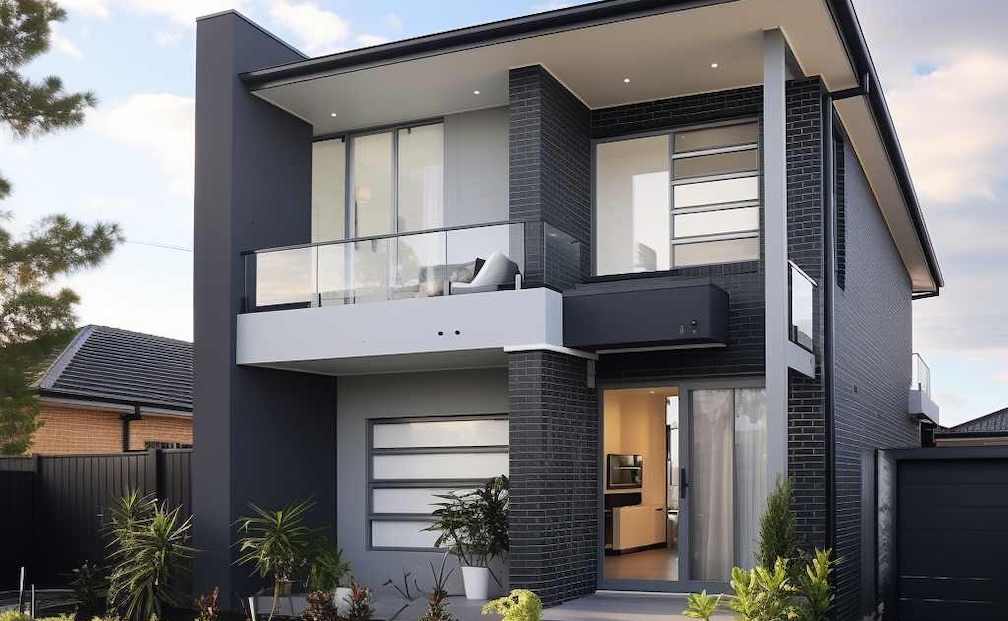Architects vs Building Designers: Understanding the Key Differences

If you're embarking on a construction or renovation project, one of the first decisions is whether to hire an architect or residential building designer to create your plans. At first glance they may seem interchangeable. But there are some notable differences in qualifications, abilities, typical roles and advantages of each profession.
Formal Qualifications Provide Deeper Knowledge
The most obvious distinction is formal education. Licensed architects complete intensive 5-year university degrees in areas like architectural design, building technology, sustainability, engineering, project management and more.
They back this up with 2 years professional experience before becoming legally registered architects. There are clear knowledge benefits gained from this advanced tuition and training combination.
Meanwhile, building designers enter the industry through apprenticeships, TAFE certificates, vocational courses or on-the-job learning. While the barriers to entry are lower, this provides an accessible career path for those with intrinsic construction skills but without a university background.
Practical Design Experience Counts Too!
It's true architects gain unparalleled technical knowledge from academic environments. However, many residential building designers come from hands-on construction backgrounds themselves working onsite as carpenters, bricklayers, foremen or traders earlier in life.
This real-world building experience lets them create exceptionally feasible plans shaped by firsthand structural know-how. As practitioners themselves, building designers bring practical construction considerations and logic to their work that purely theoretical training simply can't replicate.
Project Scope Dictates Who You Need
When it comes to abilities, architects' advanced qualifications equip them to handle huge scale civic developments like sports stadiums, hospitals and transport hubs where complex engineering considerations are paramount.
Building designers instead carve out niches in residential dwellings plus smaller commercial spaces up to 3 stories tall. Without certified engineering skills, they focus chiefly on practical buildability rather than pushing design boundaries.
For home renovations, granny flat additions and small offices, building designers can provide expert schematics weighted towards construction viability rather than visual ambition.
Daily Task Breakdown Reveals Roles
Architects' responsibilities include:
- Partnering with clients to define a holistic aesthetic vision and experience
- Advanced engineering assessments balancing striking aesthetics with sustainability
- Preparing concept sketches through to intricate technical drawings
- Specifying (and often custom designing) high-end building materials
- Overseeing entire projects from early visioning until final occupancy
Whereas on a day-to-day basis, building designers:
- Consult clients to clarify practical spatial requirements
- Design feasible dwelling plans compliant for council submission
- Provide outlined specifications for builder clients
- May also project manage residential builds themselves
Building Designers Can Save You Money
Finally, residential building designers tend to offer more affordable rates than architects which opens quality design services to more homeowners. This helps turn envisioned renovations into realities even for everyday property investors, young families and first-time builders.
Their lower fees reflect differences in professional overheads like registration costs, software expenses and insurance premiums. For smaller projects under $500K, building designers can provide huge value without blowing the budget.
In Summary
While architects hold more prestigious qualifications that are indispensable for complex builds, building designers deserve respect for their practical experience too. As tradespeople first and designers second, they create viable dwelling plans shaped by in-the-field learning. And their pricing allows smaller homes access great design affordably.
Analyze your upcoming construction or renovation scope along with budget to decide which professional is the best fit. There are merits to both architects and building designers depending on individual client needs and the project vision.








